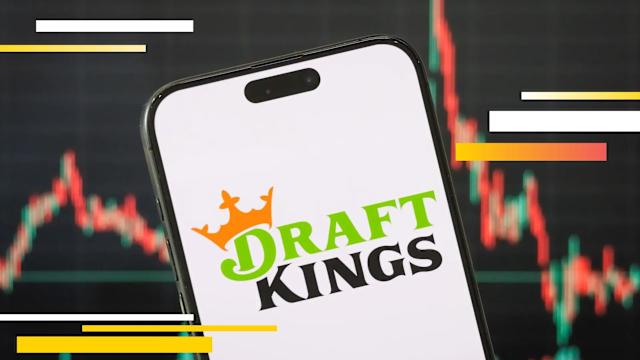Decimal odds are the standard way most UK bookmakers show prices. They tell you the total return for each £1 staked, including your original stake, and make it easy to calculate both implied probability and possible returns.
In short: learn how to read decimal odds, convert them to a percentage chance, work out winnings from a stake, compare them with fractional odds, and spot common mistakes that cost punters money, all in plain English for UK readers.
What are decimal odds?
Decimal odds are a number such as 1.50, 2.75 or 5.00. That number shows how much you get back for every £1 you bet, including your stake. Bookmakers in the UK and many other countries commonly use decimal odds because they are simple to work with.
Also Read: Do you pay tax on sports betting winnings in the UK?
How to read decimal odds (quick rules)
- A decimal odd of 2.00 means you get £2 back for every £1 staked (your £1 stake + £1 profit).
- A decimal odd of 1.50 gives you £1.50 back for every £1 staked (50p profit).
- The higher the decimal number, the bigger the potential return — but the less likely the outcome is.
Convert decimal odds to implied probability
To estimate how likely a bookmaker thinks an outcome is, convert the decimal odd into a percentage. Use this formula:
Implied probability (%) = 100 ÷ decimal odd
Example: for decimal odd 2.50 → implied probability = 100 ÷ 2.50 = 40%. That means the bookie prices the outcome at about a 40% chance.
Also Read: Top 5 betting odds comparison tools for UK bettors in 2025
Calculate your return and profit
Decimal odds make calculating returns simple:
Total return = stake × decimal odd
Profit = stake × (decimal odd − 1)
Example: stake £10 at 3.20. Total return = £10 × 3.20 = £32. Profit = £10 × (3.20 − 1) = £22.
Why decimal odds are easier than fractional or American odds
Decimal odds include your stake in the figure, so you don’t need extra steps to find your total return. Fractional odds (like 5/1 or 1/2) come from older betting systems and can confuse new bettors. American odds (+200, −150) are common in the US but need conversion for returns and implied probability. Decimal is quick and universal.
Converting between formats (quick reference)
- From decimal to fractional: subtract 1 and write as a fraction (e.g. 3.00 → 2/1).
- From decimal to implied probability: 100 ÷ decimal (e.g. 4.00 → 25%).
- From fractional to decimal: add 1 (e.g. 5/2 → 3.50).
Common mistakes to avoid
- Mixing up return and profit: decimal shows total return, not profit. Remember to subtract your stake to get profit.
- Ignoring the vig/juice: bookies build margin into prices. Two bookmakers could have very different implied probabilities for the same event — shop for the best price.
- Forgetting bankroll rules: don’t stake a large share of your bankroll on long shots just because the decimal looks tempting.
Practical tips for UK punters
- Use a calculator or a smartphone app for quick conversions when live betting.
- Compare decimal prices across multiple UK bookmakers to find value.
- When you see decimal odds with many decimals (for example 1.345), remember bookmakers often round, stick to consistent stakes and rules.
Decimal odds are the clearest way to see what you will get back from a bet. They make it easy to calculate implied probability and potential returns, which helps you compare prices and manage your bankroll. Once you know the simple formulas, you’ll read prices faster and place smarter bets.
FAQs
What does decimal odd 1.00 mean?
An odd of 1.00 means no profit — you only get your stake back. Bookmakers rarely publish 1.00 for competitive markets because it implies a 100% probability.
How do decimal odds show your profit?
Profit = stake × (decimal − 1). So if you stake £5 at 2.80, profit = £5 × 1.80 = £9.
Are decimal odds used across all UK bookmakers?
Yes. Most UK bookies use decimal odds on their websites and apps. Traditional shops sometimes show fractional odds, but online decimal dominates.
How do I compare odds between bookies quickly?
Use the implied probability (100 ÷ decimal) to see which bookie offers the best price for your bet. Lower implied probability from the market means better value for the same outcome.
Do decimal odds include the stake?
Yes — the decimal value is the total return per £1 staked, which includes your original stake.
Can I use decimal odds to calculate parlay/accumulator returns?
Yes. Multiply the decimal odds of each leg together, then multiply by your stake. Example: stake £2 on a double with odds 1.50 and 2.20 → return = £2 × 1.50 × 2.20 = £6.60.
Want a downloadable cheatsheet for decimal odds and quick formulas? Reply and I’ll prepare a printable one for UK punters.
Remember to bet responsibly. Check local rules and use licensed bookmakers.








